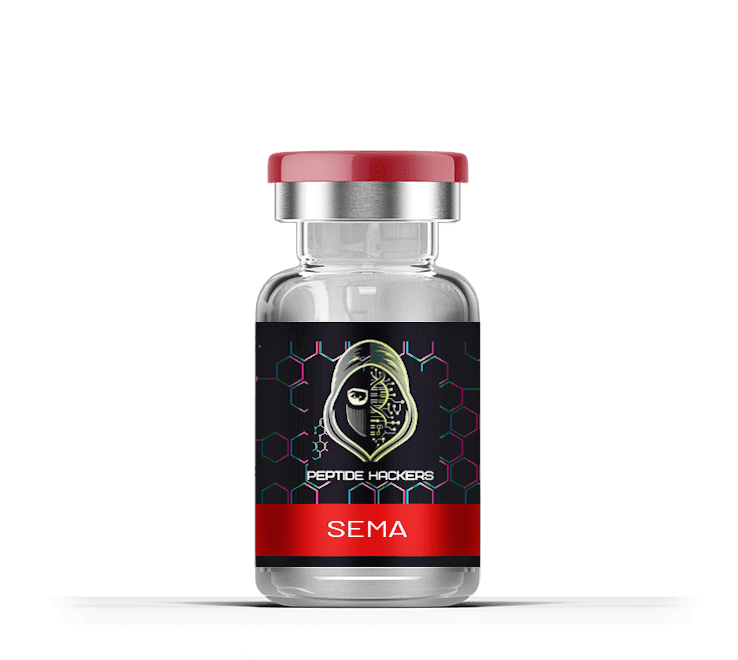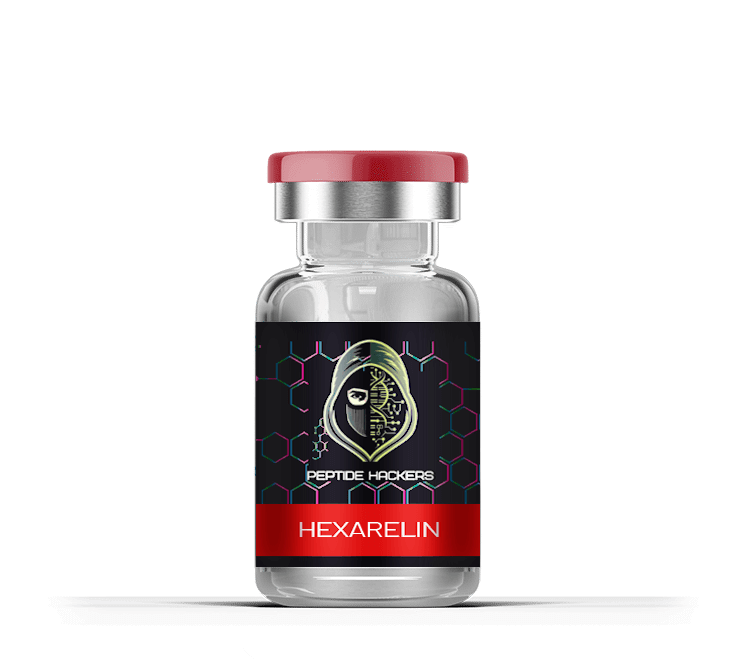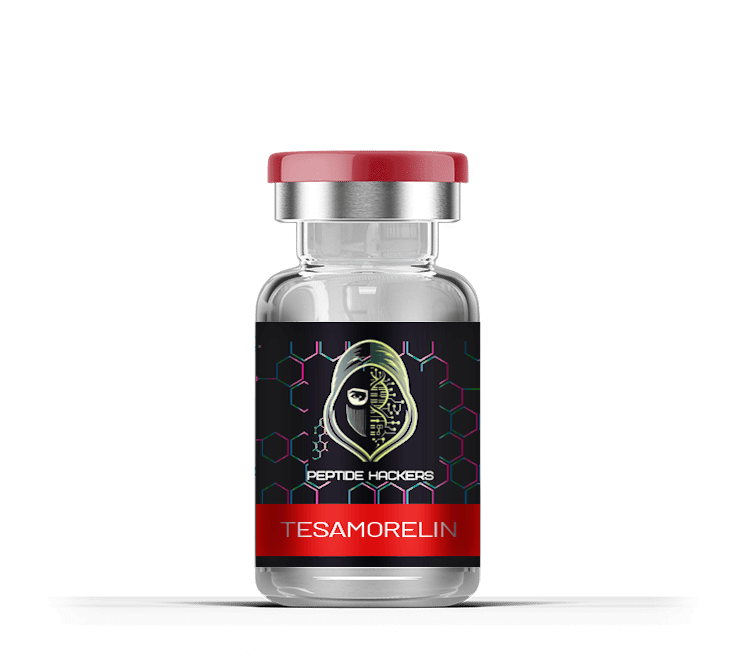ARA-290 Peptide – Advanced Inflammation and Pain Relief Peptide
Shipping: We offer reliable shipping options both domestically and internationally. All orders are processed within 1-2 business days. Shipping times vary depending on your location, and you will receive a tracking number once your order has shipped. Please note that international customers are responsible for ensuring that peptide products comply with their country’s import regulations.
Returns: Due to the specialized nature of our products, we do not accept returns or exchanges. If you receive a damaged or incorrect item, please contact our customer support team within 7 days of delivery. We will work to resolve the issue as quickly as possible, either by sending a replacement or providing a refund if applicable. For additional questions about shipping or returns, please reach out to our support team.
CRITICAL RESEARCH DISCLAIMER
FOR LABORATORY RESEARCH USE ONLY. NOT FOR HUMAN CONSUMPTION. NOT FOR VETERINARY USE.
All information on this page is for educational and laboratory research purposes only. This content discusses published research data and does NOT constitute medical advice or recommendations for human use. We are not licensed medical professionals.
BPC-157 is a research peptide NOT approved by the FDA for human use.
BPC-157 Research Compound: Published Data Review
Research examines cellular healing processes and tissue repair mechanisms in laboratory settings. This article explores BPC-157, a research peptide studied in experimental models, and discusses published research for educational purposes only.
FOR LABORATORY RESEARCH USE ONLY. NOT FOR HUMAN CONSUMPTION.
What is BPC-157 Research Compound?
BPC-157, short for Body Protection Compound 157, is a research peptide studied in laboratory settings. Research examines this compound in experimental models for various cellular mechanisms.
Published research documents various observations:
Laboratory studies examined cellular processes in experimental models
Research documented vascular markers in laboratory settings
Studies examined inflammatory markers in research models
Research investigated tissue markers in experimental settings
Research shows that this peptide has been studied in laboratory models examining various cellular mechanisms (Mikus et al., 2001). These are research observations in experimental settings only.
Research information only. For educational purposes. NOT FOR HUMAN USE.
Published Research on Formulation
Research has examined various carrier substances in cosmetic and laboratory formulations. Beef tallow has been studied as a carrier in various applications:
Nutrient Content: Contains vitamins A, D, E, and K studied in laboratory research
Properties: Research examines moisturizing properties in cosmetic science
Formulation Studies: Examined in laboratory formulation research
Formulation research only. NOT instructions for human use products.
Published Preclinical Research Observations
1. Burn Research in Animal Models
Studies on laboratory animals (Mikus et al., 2001) documented various markers including tissue observations, vascular parameters, and cellular markers. Research examined various tissue parameters in experimental models compared to control groups or standard treatments.
Animal research only. NOT FOR HUMAN USE.
2. Tissue Research in Laboratory Models
Laboratory research examined various tissue markers in experimental models. Studies documented cellular observations and tissue parameters in research settings.
Research observations only. For educational purposes.
3. Gastrointestinal Research
Research examined various parameters in laboratory models of gastrointestinal conditions. Studies investigated cellular markers in experimental settings.
Laboratory research only. NOT medical treatment information.
4. Musculoskeletal Research
Laboratory studies examined tissue markers in experimental models. Research investigated various parameters in animal studies.
Animal research only. NOT FOR HUMAN APPLICATION.
5. Inflammatory Research
Research examined inflammatory markers in laboratory models. Studies documented cellular observations in experimental settings.
Research observations only. For educational purposes.
Published Research Mechanisms
Research on Cellular Mechanisms
Laboratory research examines various cellular markers in experimental models. Studies documented growth factor markers and cellular observations in research settings.
Research on Cellular Processes
Research examined cellular markers in laboratory models. Studies on experimental animals documented various tissue parameters and cellular observations, examining research markers (Chang et al., 2014).
All information is from laboratory research. NOT FOR HUMAN USE.
Clinical Research Literature Review
BPC-157 has been studied in various laboratory and preclinical research settings. Here are published research observations:
Laboratory studies documented various cellular markers in animal models examining tissue parameters and cellular observations. This highlights research observations in experimental settings.
Research published in scientific literature documented various markers in laboratory animals examining cellular parameters and tissue observations. This underscores research effectiveness in experimental models.
Research studies examined various parameters in laboratory models. This demonstrates research observations in experimental settings.
Laboratory studies documented tissue markers in animal research examining cellular parameters and tissue observations. This shows research observations in experimental models.
These studies demonstrate published research observations in laboratory settings. However, further research is needed and these observations cannot be applied to humans.
Research literature only. NOT FOR HUMAN USE.
Research Administration Methods
Published research examined various administration methods in laboratory settings. These are research protocols in experimental models only:
Subcutaneous Research: Studied in laboratory animal models for research purposes
Intramuscular Research: Examined in experimental animal studies
Oral Research: Investigated in laboratory research models
Nasal Research: Studied in experimental research settings
Capsule Research: Examined in laboratory animal models
Research methods only. FOR LABORATORY USE. NOT FOR HUMAN USE.
Educational Formulation Information
IMPORTANT DISCLAIMER: This information is for educational purposes only about laboratory research formulation concepts. NOT professional formulation advice. Creating any formulation for human use requires:
- Expertise in pharmaceutical/cosmetic chemistry
- Proper sterility and preservation protocols
- Safety testing and regulatory compliance
- Quality control and stability testing
- Consultation with qualified professionals
Example Research Formulation Components (EDUCATIONAL ONLY):
- Research peptide compounds
- Carrier substances studied in research
- Preservation systems for laboratory use
DO NOT ATTEMPT to create products for human use without proper expertise, facilities, and regulatory compliance.
This is educational information only. NOT formulation instructions.
Regulatory Status and Availability
IMPORTANT REGULATORY INFORMATION: The FDA has issued guidance regarding peptides. BPC-157 is NOT on the FDA-approved list for compounding.
As a result, BPC-157 is NOT available from US compounding pharmacies for human use. This compound is available ONLY for laboratory research purposes.
FOR LABORATORY RESEARCH USE ONLY. NOT FOR HUMAN CONSUMPTION.
Research Conclusions
From laboratory studies to preclinical research, BPC-157 has been examined in experimental settings. Published research documents various cellular mechanisms in animal models. Research observations in laboratory settings examine various tissue parameters.
CRITICAL REMINDER: This compound is NOT approved for human use and is available ONLY for laboratory research purposes.
All information is for educational and research purposes only. NOT FOR HUMAN USE.
Scientific References
Mikus et al., 2001. Burns: Explored tissue markers in laboratory animal models.
Chang et al., 2014. Molecules: Studied cellular markers in experimental research.
NCBI Resources: Research studies on peptides in laboratory settings.
All references are from published research literature for educational purposes only.
FINAL CRITICAL DISCLAIMER
This content is for educational and informational purposes only about laboratory research.
FOR LABORATORY RESEARCH USE ONLY. NOT FOR HUMAN CONSUMPTION. NOT FOR VETERINARY USE. NOT FOR THERAPEUTIC USE.
BPC-157 is a research peptide NOT approved by the FDA for human use. All information discusses published research studies conducted in controlled laboratory settings only. This content does NOT constitute medical advice, treatment recommendations, or instructions for human use.
DO NOT create or use any formulations for human consumption. DO NOT attempt self-treatment with research compounds.
Researchers must obtain proper institutional approval before conducting studies with this compound. Always ensure compliance with all applicable regulations regarding research compounds.
NOT FDA APPROVED. NOT FOR HUMAN USE. FOR RESEARCH PURPOSES ONLY.
Our Story, Our Promise
At PeptideHackers, we’re committed to advancing research by providing high-quality peptides for scientific and research purposes. We ensure the highest standards and transparency in every product, supporting your research with science-backed solutions. Welcome to PeptideHackers.
Frequently Asked Questions
-
Due to the sensitive nature of our research products, we do not accept returns or exchanges. However, if you receive a damaged or incorrect item, please contact our customer support team within 7 days of receiving your order, and we will work to resolve the issue.
-
Research peptides are short chains of amino acids designed for laboratory and scientific research purposes only. They are not intended for human or animal use.
-
Peptides should be stored in a cool, dry place. For long-term storage, refrigerate at 4°C, and for even longer preservation, freezing at -20°C is recommended.
-
Yes, we provide a Certificate of Analysis (COA) for every batch of peptides, detailing the purity and composition to ensure research quality.







